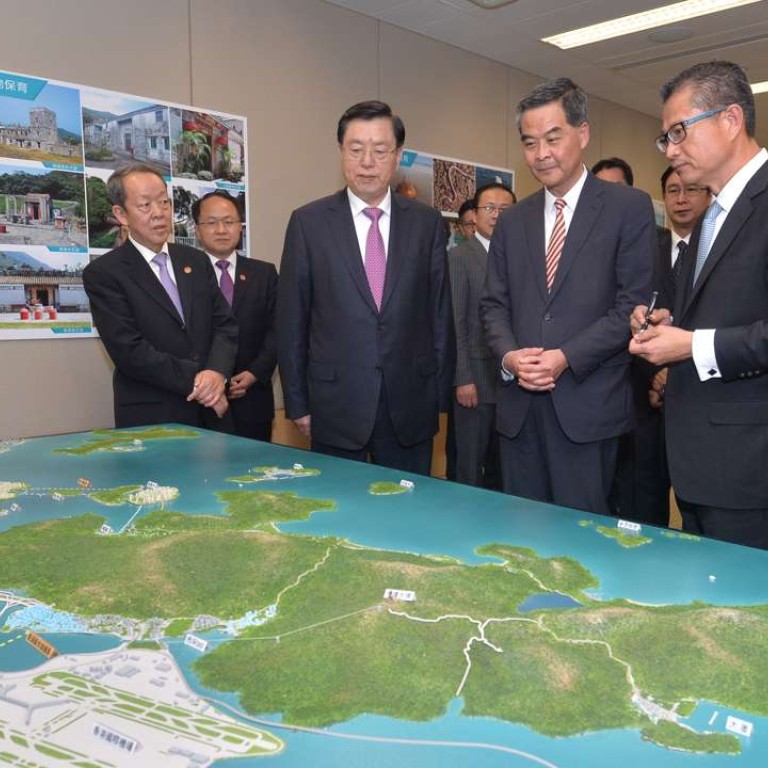
Hong Kong development secretary promises action on lack of living space
Prompted by concerns raised by visiting state leader Zhang Dejiang, Paul Chan vowed to explore ways to provide a more ‘livable, workable and enjoyable’ environment for the young generation
Hong Kong’s development secretary was prompted to address the city’s lack of living space after the problem caught the attention of state leader Zhang Dejiang.
Paul Chan Mo-po promised to explore ways to provide a more “livable, workable and enjoyable” environment for the young generation in an upcoming consultation on the city’s development blueprint beyond 2030.
It is no secret that Hong Kong boasts some of the tiniest homes in the world. A 2014 study put the city’s average living space per person at 161 square feet, lagging behind Shanghai (188 sq ft), Singapore (267 sq ft) and Tokyo (344 sq ft).
He said the problem was so severe that even Zhang, chairman of the National People’s Congress Standing Committee, voiced his concerns at a briefing during his visit last week.
To address the issue, Chan said the government will soon start a public consultation on “Hong Kong 2030+: Towards a Planning Vision and Strategy Transcending 2030”, a large-scale planning study on how the city should cope with its growing population, which is expected to hit 8.47 million by 2041.
The last such study was conducted in 2007.
In the mean time, short and medium-term measures, including rezoning land for residential purposes and increasing the density of property developments, could provide at least 340,000 flats, Chan added.
But Lawrence Poon Wing-cheung, senior lecturer at City University and a Town Planning Board member, said it is “politically” difficult to build bigger homes for Hongkongers. He said the government still has a housing target to meet, and any attempt to tap into country park areas for land is set to meet strong opposition.
Chan defended the move, saying the model was built only to explain the concepts of how Lantau should be developed, and was not the final proposal.
All of the information had been previously disclosed, he added, and a blueprint will be revealed by the end of this year after gauging public opinion collected from a three-month consultation, which ended in April.

